Solutions
Horse Construction offers full range of structural strengthening materials with technical supports, documentation supports, products supports, project supports.
"bonding reliability", "material integrity" and "structural bearing capacity"
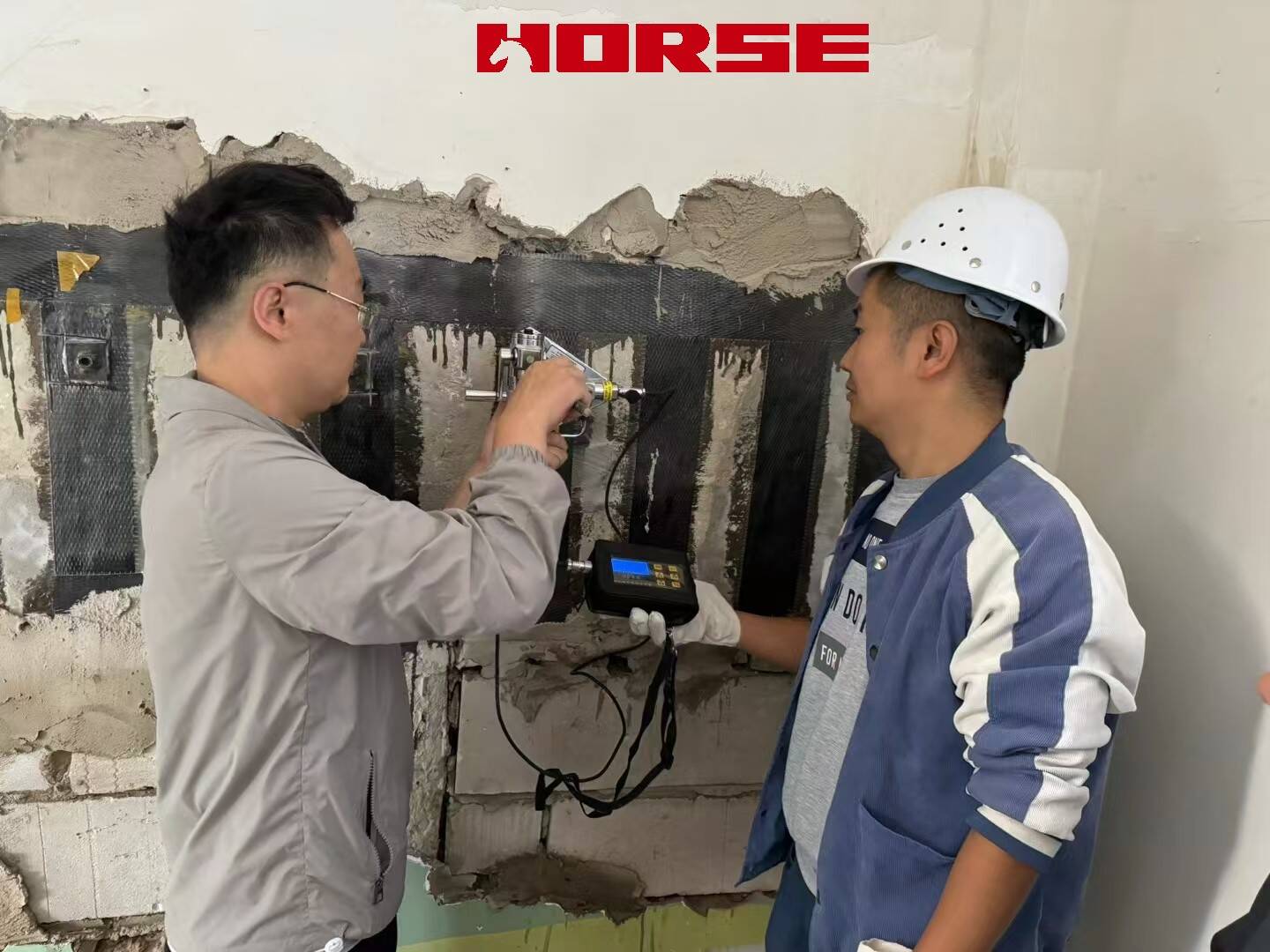
After the carbon fiber bonding is completed (usually it takes 7-14 days for the adhesive to fully cure, depending on the adhesive product instructions), the core goal of the on-site test is to verify whether the bonding quality meets the standards and whether the mechanical properties of the reinforced structure meet the design requirements. This needs to be carried out around the three dimensions of "bonding reliability", "material integrity" and "structural bearing capacity". The following are the specific test items, methods and standards:
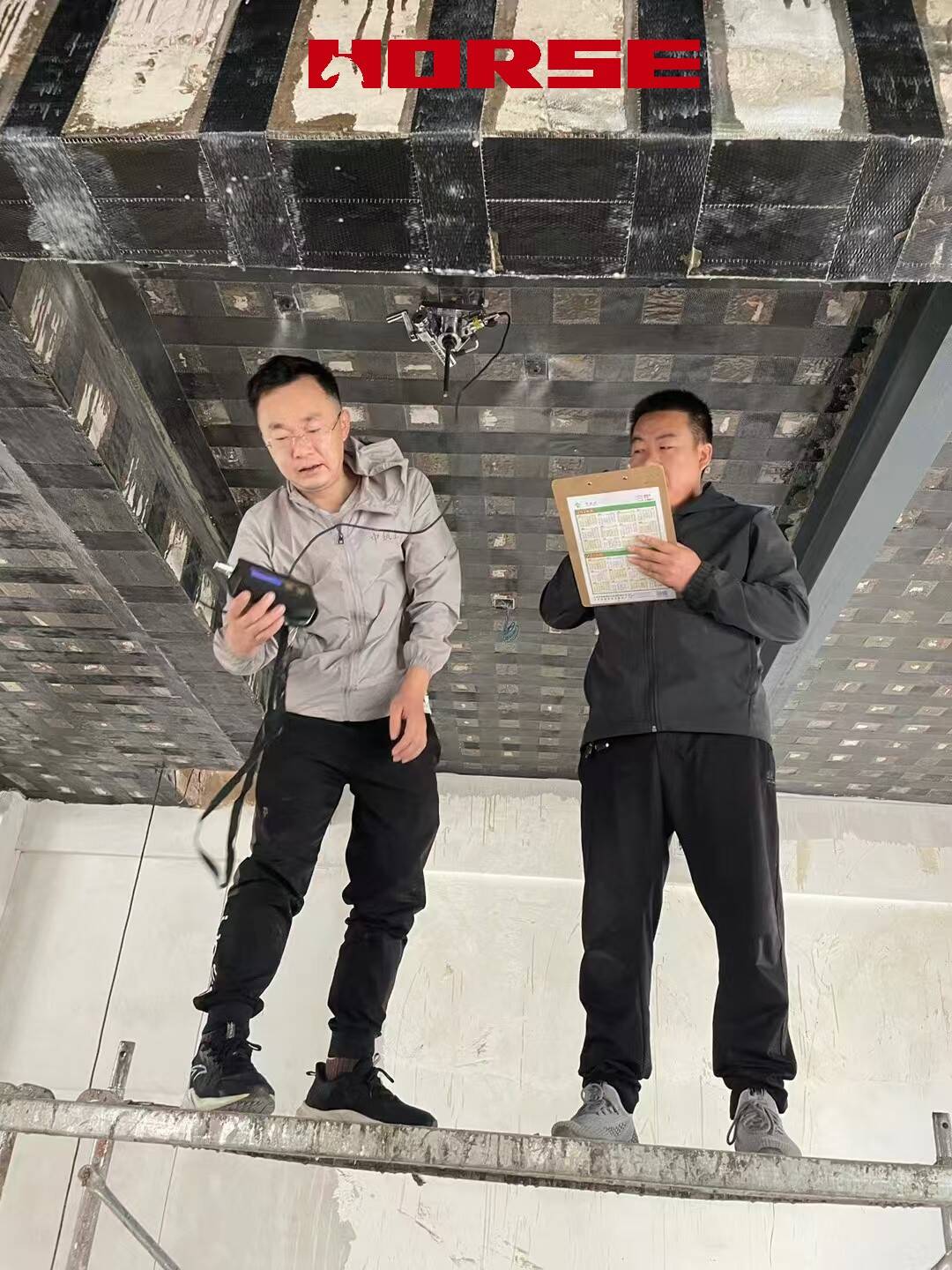
Key Performance Tests: Structural Bearing Capacity and Interface Bond Strength
These tests directly verify the reinforcement effectiveness and are the core basis for acceptance. They must be conducted by a qualified testing organization.
1. On-site Pullout Test (Verifying Interface Bond Strength)
Axial tension tests the bond reliability between the carbon fiber sheet and concrete, providing the most intuitive strength indicator.
Test Standard: According to the "Technical Specification for the Application of Carbon Fiber Reinforced Composite Materials" , the bond strength must be ≥1.5 MPa (corresponding to C30 concrete), and the failure mode must be "cohesive failure within the concrete" (i.e., failure occurs within the concrete itself, not in the adhesive layer or fiber sheet, indicating that the bond strength exceeds the concrete's inherent strength).
Testing Procedure:
Sampling: Randomly select three test points within the reinforced area (avoiding edges, overlaps, and rebar locations). Drill a 50mm x 50mm Φ concrete specimen (including the carbon fiber sheeting and intact bondline) at each test point.
Sample Preparation: Attach a steel pull-out disc to the surface of the specimen (secured with structural adhesive, ensuring it is coaxial with the specimen). Curing is carried out for 24 hours.
Loading: Use a digital pull-out gauge (0.01kN accuracy) to apply a uniform load at a rate of 1-2kN/min until the specimen fails. Record the failure load.
Calculation: Bond Strength = Failure Load / Bond Area (bond area for a 50mm Φ specimen is approximately 19.63cm²).
Determination: If the bond strength does not meet the standard or the failure mode is "bond layer failure" (separation of the bondline from the concrete/fiber sheeting), expand the sampling ratio (to six test points). If the failure is still unsatisfactory, conduct a comprehensive inspection of the adhesive quality and construction process, and develop a rework plan.
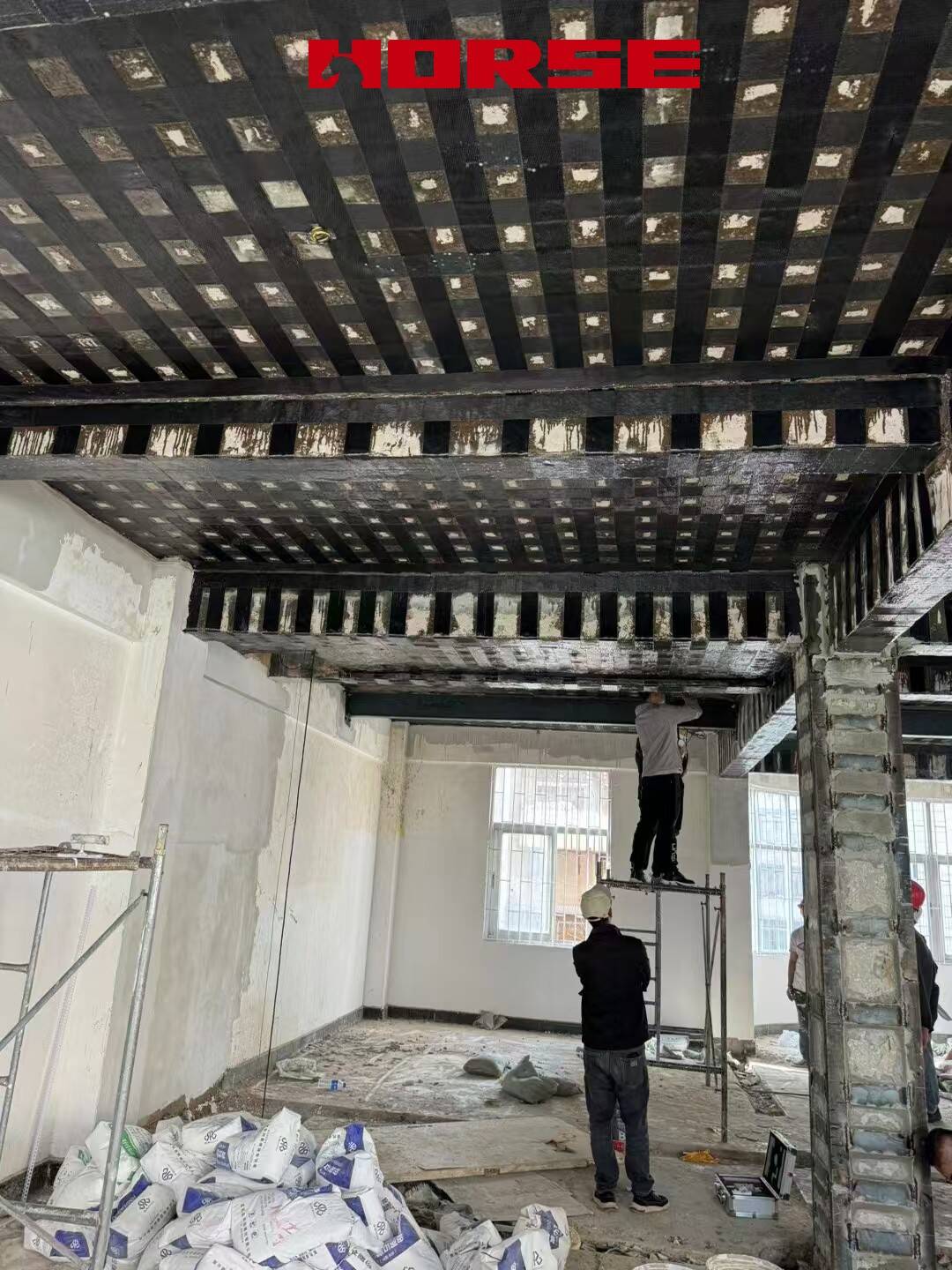
2. Static Load Test (Verifying Structural Load-bearing Capacity and Stiffness)
By simulating actual operational loads, the deformation, stress, and crack development of the reinforced structure are tested to determine whether it meets design requirements.
Applicable Scenarios: Critical structures (such as bridges, factory main beams, and hospital floor slabs), or projects with high design loads (such as those requiring additional equipment loads after reinforcement).
Testing Process:
Measurement Point Layout: Install the following at key locations (such as beam midspans, supports, and carbon fiber sheeting attachment areas):
1). Displacement Meter (dial indicator or laser displacement meter, 0.01mm accuracy): Monitors deflection changes;
Strain Gauge (attached to the carbon fiber sheeting surface and the tensile zone of the concrete): Monitors stress distribution;
Crack Observer: Monitors the expansion of existing cracks or the development of new cracks.
2). Gradual Loading:
Loading levels: Apply loads at 20%, 40%, 60%, 80%, 100%, and 120% of the design load (overload testing is optional). Each load level is held for 30 minutes, and displacement and strain data are recorded.
Loading method: "Uniformly distributed loading" (e.g., stacking sandbags) is commonly used for beams and slabs, while "axial pressure" (e.g., jack loading) is commonly used for columns.
3). Acceptance Criteria:
Deformation Requirements: At 100% of the design load, the deflection value must be ≤ the design limit (e.g., the deflection limit for beams is span / 250), and the residual deformation after unloading must be ≤ 20% (indicating good elastic recovery of the structure).
Stress Requirements: The carbon fiber sheet stress must reach the design value (e.g., Grade I sheet stress ≥ 2000 MPa), and the concrete stress must not exceed the design strength.
Crack Requirements: No new cracks should occur, and the width of existing cracks must be ≤ 0.2 mm (normal serviceability limit state).
4). Emergency measures: If a sudden increase in deflection or rapid crack expansion (>0.3mm) occurs during loading, unload immediately and check for reinforcement defects (such as fiber cloth peeling and adhesive failure).
3. Dynamic Performance Testing (Optional, Evaluates Structural Stiffness Improvement)
Vibration testing assesses the stiffness change of the structure after reinforcement. This test is suitable for large-span structures (such as bridges and stadium roof trusses).
Test Method: Vibrate the structure using a vibrator (or manual tapping). Sensors collect the vibration signals and analyze the "natural frequency" before and after reinforcement.
Judgment Criteria: The natural frequency after reinforcement should increase by 10%-30% compared to before reinforcement (frequency and stiffness are positively correlated), indicating a significant increase in structural stiffness and effective reinforcement.
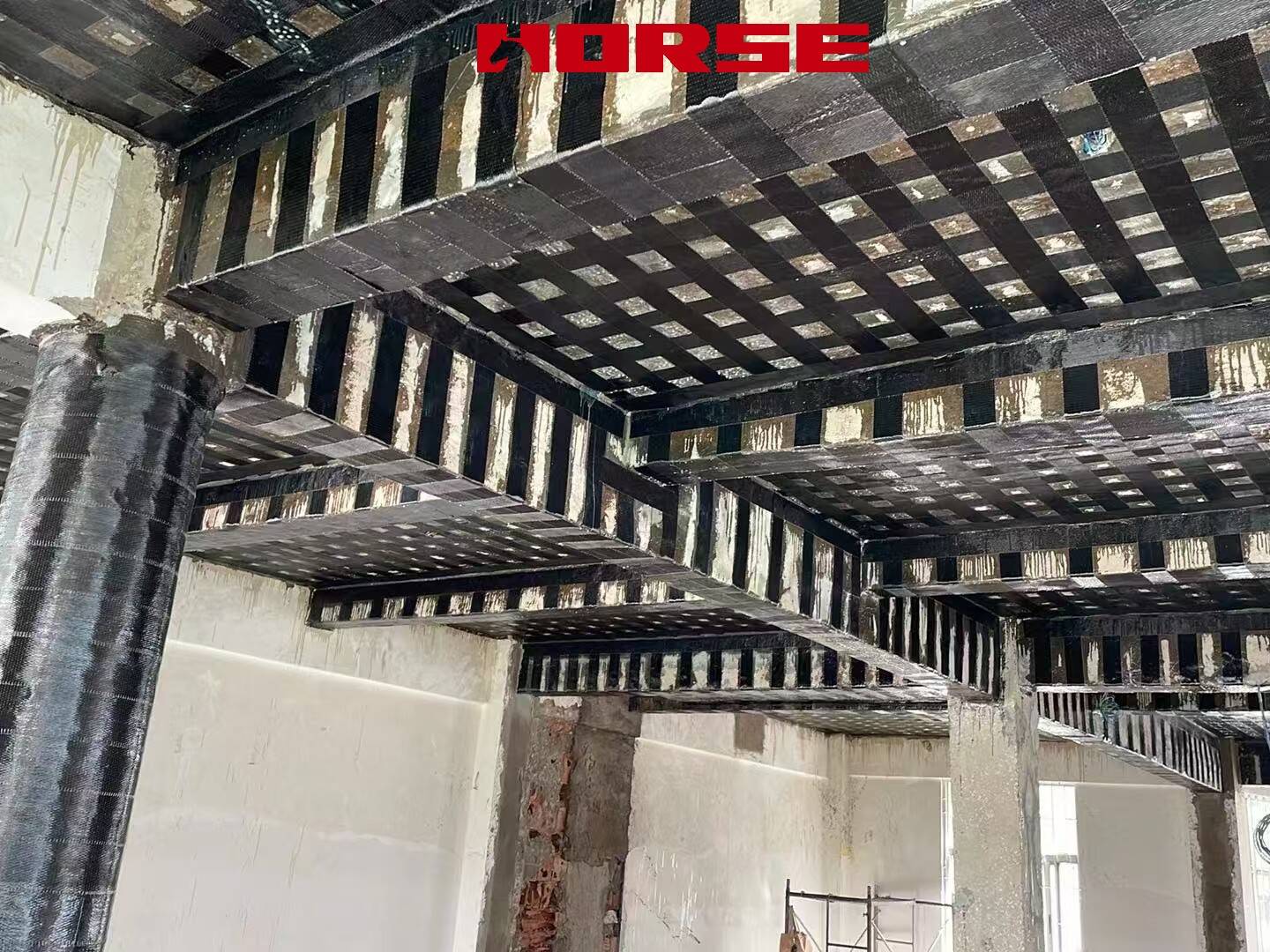
Core Testing Items: Bond Quality and Material Integrity Testing
This type of testing focuses on "bonding effectiveness," identifying key issues that impact reinforcement reliability, such as hollowing, peeling, and overlap defects. It is a must-do basic test during the initial post-construction phase.
1. Hollowing inspection (critically checking for appearance and interface defects)
2. Verification of overlap length and fiber orientation (ensuring effective force transfer)
3. Adhesive curing quality and adhesive thickness inspection
These steps are fairly straightforward and will not be detailed in detail. If you have any questions, please contact our customer service.
You can find anything here you are in need of, have a trust trying on these products, you will find the big difference after that.
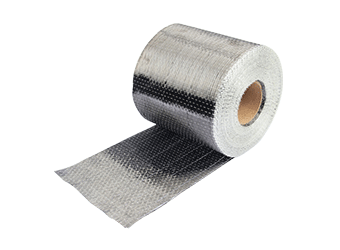
High strength unidirectional carbon fiber fabric for concrete repair and structural strengthening
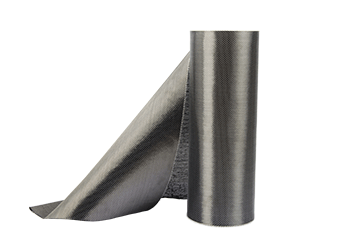
High strength unidirectional carbon fiber fabric for concrete repair and structural strengthening
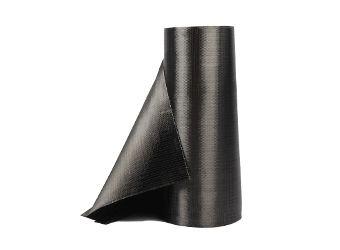
High strength unidirectional carbon fiber fabric for concrete repair and structural strengthening